What to read during this winter lockdown?

| The Open Society and Its Future | Journalism, 'Fake News' & Disinformation | Pandemic Media |
| ||
| Freedom. An Unruly History | Partnerships for Livable Cities |
The technological threat of open societies
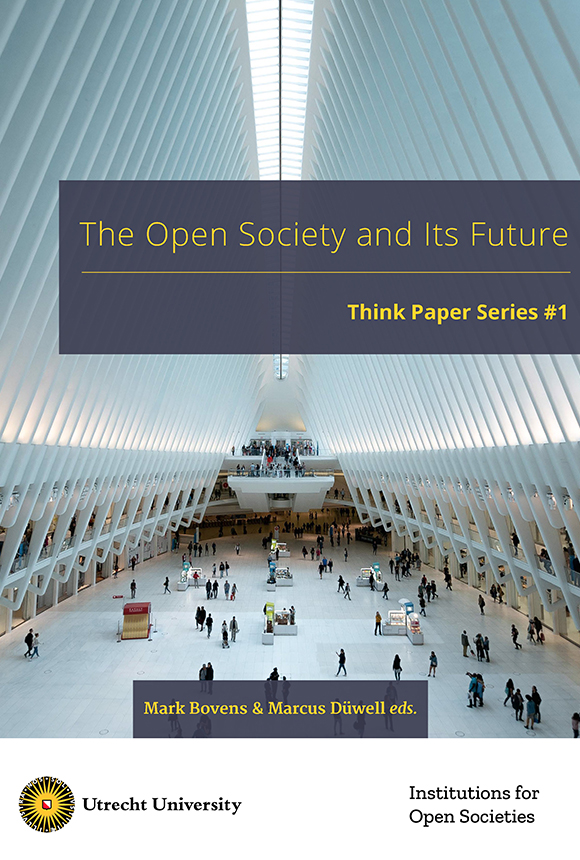
How can we keep organising checks and balances in nation-states when the problems transcend borders? That’s one of the questions UU Professor of Governance Mark Bovens asks in the opening article of the first journal in the Think Paper Series, titled The Open Society and its Future and published by research expertise centre Institutions for Open Societies. He’s thinking of issues like terrorism, technology, and climate problems. Just how open can societies be? “The biggest threat in terms of openness doesn’t really come from public institutions, but rather from organisations like Huawei, Facebook, and Google,” he fears.
Several scientists take Bovens’ examples and delve into them. Distinguished professor José van Dijck, for instance, describes the role of tech giants in an open society. Professor Anna Gerbrandy studies the consequences that our way of thinking about open societies have on the legal system, such as how companies like Google and Facebook are sued by the Europe Union. Giuseppa Feola looks at how misleading information influences the way we see climate scientists and climate challenges. Finally, UU Rector Henk Kummeling wonders how universities should treat countries like China, Russia, or Hungary, where those in power trample the democratic values inherent in open societies.
It’s a great idea to start with a central article and then dissect the dilemmas of open societies from the perspective of different disciplines. In the meantime, part II has already been published: it’s about the legitimacy of institutions in open societies. (Ries Agterberg)
Mark Bovens, Marcus Düwell (editing), The Open Society and its Future. 2020. Free online magazine
Journalism’s fight against disinformation
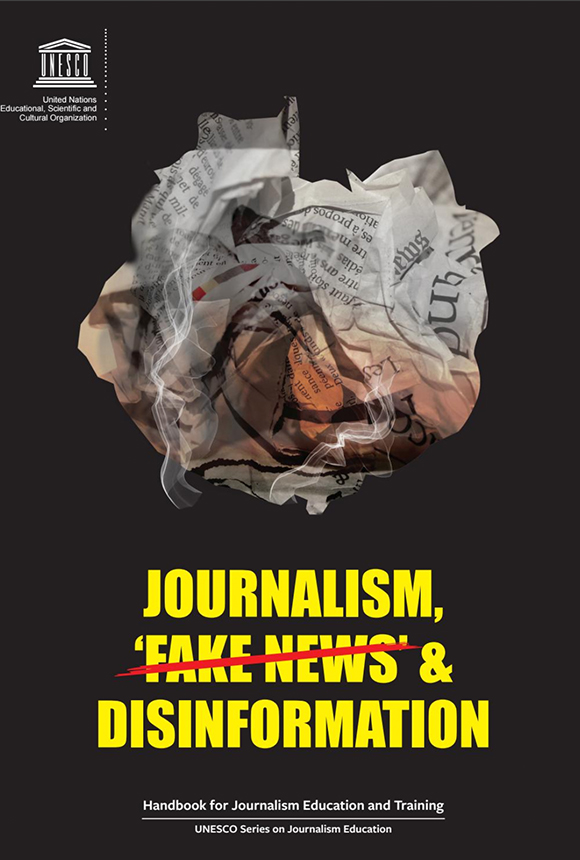
If it had been up to Trump, we would’ve all injected ourselves with chlorine in April. The president of the United States suggested that might just be the solution to the coronavirus pandemic. Trump’s statement might sound like a funny joke, but spreading disinformation can have far-reaching consequences. In Iran, for instance, at least 700 Iranians died after ingesting alcohol mixed with a little bit of bleach. That was claimed to be a miracle vaccine that would be the ultimate weapon against Covid-19.
The handbook Journalism, Fake News and Disinformation, published by UNESCO, states that journalism should fight disinformation. Numerous UUers contributed to the Dutch edition, including José van Dijck, professor of Media and Digital Society, who wrote the preface. She feels journalism is “of vital importance for the protection of democracy”, which is why it should filter incorrect information and present the correct information to the public.
The translation to Dutch was done by student-intern Berit Zandbelt and Koen Leurs, UU teacher of Gender and Post-colonial studies. Zandbelt thinks that, in a healthy democracy, people “should base their opinions, actions, and knowledge on correct information.” To do so, they have to be able to trust journalism. “The enormous amount of disinformation that’s spread through social media and other platforms nowadays has made people sceptical: they’re losing their faith in news organisation and quality journalism.”
“In order to educate students to become critical, reflective, engaged civilians, they need to be trained in skills required to function properly in the digital society,” Leurs says. This handbook can help with that. (Kees Wagemans)
UNESCO, Journalistiek, ‘Nepnieuws’ en Desinformatie. 2020. UNESCO / Universiteit Utrecht / Nederlandse Unesco Commissie. Free e-book
Media during the corona pandemic
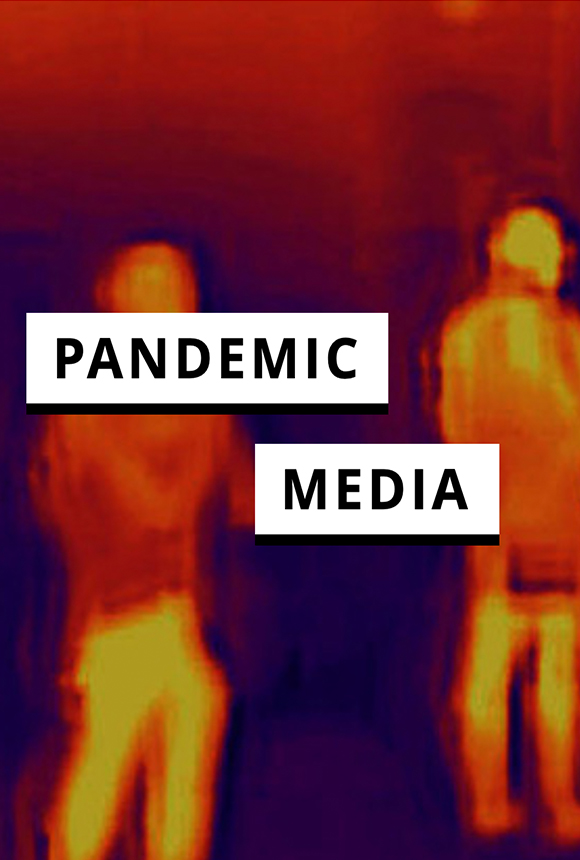
UU Professors Marijke de Valck, who co-directs the Master’s programme in Film and Television Culture, and Jaap Verheul, of the Research Institute for History and Art History (OGK), currently Visiting Research Fellow at King’s College London, have both contributed essays to the collection Pandemic Media (Meson Press), which delves into the omnipresent role played by media during the coronavirus pandemic.
News channels gave us daily updates about the spread of the virus and the resulting pressure on the healthcare system; videoconferencing software enabled us to work and study from home; social media allowed us to keep in touch with family and friends, as well as documenting our lockdown experience; streaming services distracted us when there was nowhere to go; food delivery apps helped restaurants to keep their head above water; concerts, plays, and lectures were live-streamed; governments used apps to spot infection clusters… We could go on and on.
Available online, with a print edition to follow later this month, Pandemic Media includes essays about the comeback of drive-ins as a form to consume movies, journalism researchers’ rush to produce Covid-related works, and pandemic porn in both senses of the word: pornographic images referring to the virus and pandemic-related images we’re attracted to, such as drone photos of deserted cities.
De Valck’s essay covers the struggle of film festivals: not only were they forced to choose between postponing, cancelling, or going online, but the absence of physical festivals disrupted the rhythm of the industry altogether, as it’s paced by annual festival and award seasons. As for Verheul, he analyses streaming services’ copyright war to obtain the licensing of old movies during the pandemic, consolidating themselves as “gatekeepers of access and curators of taste.” (Marjorie van Elven)
Phillipp Dominik Keidl, Laliv Melamed, Vinzenz Hediger and Antonio Somaini (editors), Pandemic Media. 2020 Uitgeverij Meson Press. Free digital magazine
Political freedom through the ages
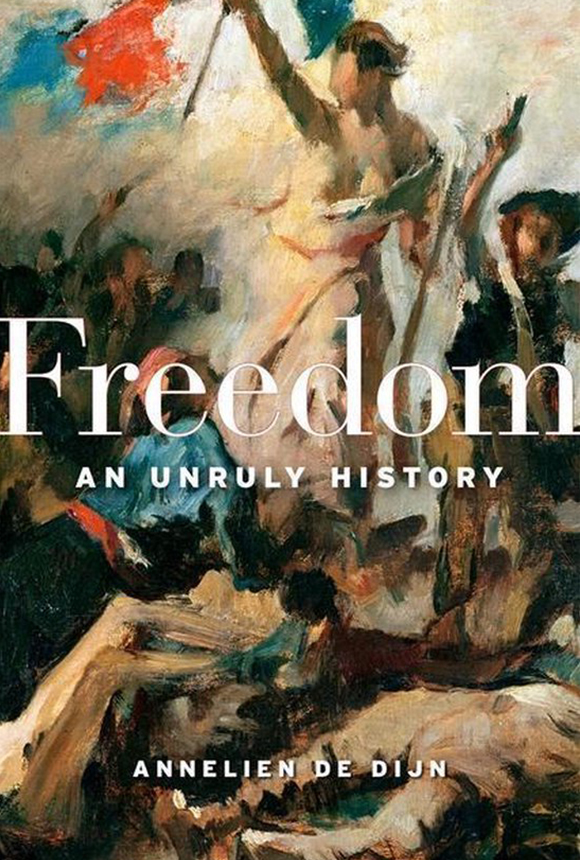
‘We will not obey!’, ‘Terrorism’, and ‘Free our elderly!’. These are just some of the slogans written on banners by Dutch protest group Viruswaanzin (virus madness), who thinks the government’s corona measures go way too far and against people’s individual freedom.
The book Freedom -- An Unruly History, by UU professor Annelien De Dijn (Modern Political History) couldn't have been published at a more appropriate time. De Dijn studies how the concept of political freedom has been interpreted through the ages – from the classics, through the renaissance and revolutionaries, to now.
Our contemporary interpretation (meaning: as little governmental interference with the individual as possible, as well as freedom of speech and religion) turns out to be relatively young. De Dijn shows how freedom, a term that started as an antonym to slavery, has been inextricably linked to democracy for centuries. To the Greek, a free state was a place where people (or at least, some of the people, as they actually referred to men who were born and raised in that area) could decide for themselves how they’d be governed.
It wasn’t until the late eighteenth century, with the French Revolution, that that concept of freedom slowly shifts to mean a state in which the power interferes with its civilians as little as possible. Laissez-faire becomes fashionable -- a perspective that became even stronger during the Cold War. In response to the Soviet Union’s communist ideology, the West identifies individual freedom as one of its most important values.
De Dijn provided us with an immersive journey through freedom thinkers from antiquity up to now: thankfully, reading is still allowed. (Linda van der Pol)
Annelien de Dijn, Freedom. An Unruly History. 2020 Harvard University Press 31,50 euro. Amazon e-book 20,60 euro.
How do you make a city livable?
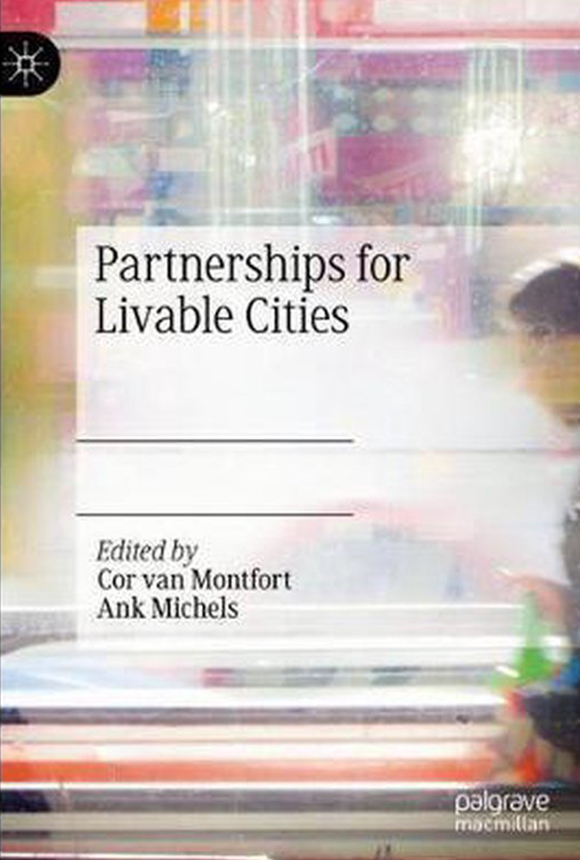
More than half of the world’s population lives in a city (that was 4.2 billion people in 2018). How do you make sure that those cities are sufficiently liveable? That’s the theme covered by the book Partnerships for Livable Cities, compiled by UU Governance Professor Ank Michels and researcher Cor van Montfort (University of Tilburg).
Among the livability criteria used in the book, we can mention greenery, safety, and affordable housing. With those criteria in mind, the chapters evaluate the collaboration between government, business, and citizens, mentioning specific projects all around the world.
Michels describes, for example, the greenery policies of Tilburg, Melbourne, San Jose, and Cape Town. Other examples include projects in Nairobi, São Paulo, Hong Kong, Shenzhen, and Baltimore. In China, for instance, governmental interference is high even when it involves collaborations with private parties, while Nairobi's biggest obstacle is corruption. Some chapters focus on City Labs, where people experiment with innovative ideas.
The best thing about this book is the reflections it makes. For instance, one could ask: "livable for whom?" Baltimore was gentrified to become more attractive to hipsters, but that was done at the expense of people living in the poorer neighbourhoods. The authors also point out that a project can improve livability in an aspect and worsen it in another. A big park, for example, brings more greenery to the city, but it can also make people feel less safe because of the unprotected space.
Michels and Montfort connect the dots in the preface and conclusions, stressing how governments play an important role in this entire process. They also discovered that livability is about continuously searching for the right balance between letting involved parties be free, and implementing measures to ensure the right steps are taken. (Ries Agterberg)
Ank Michels, Cor van Montfort (ed.). Partnerships for Livable Cities. 2020. Uitgeverij Palgraves MacMillan. 106,99 euro, e-book 85,59.